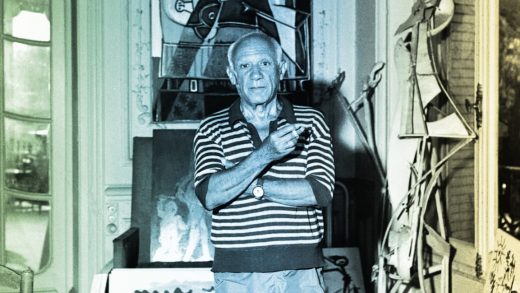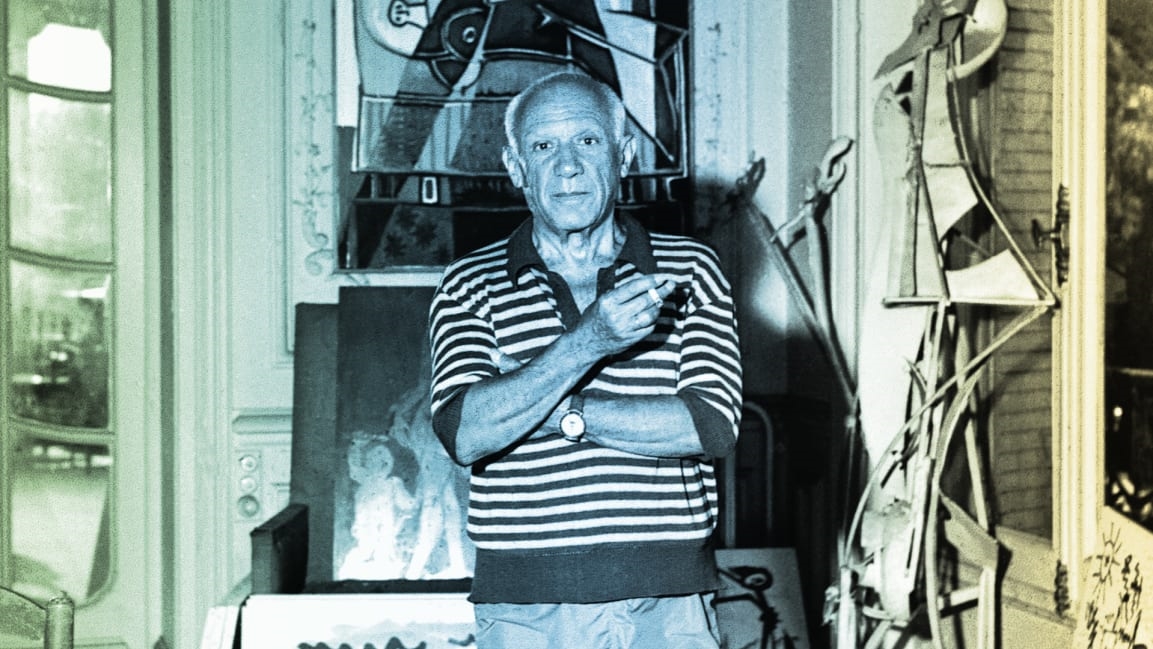3 creative strategies that can make you as prolific as Edison, Mozart, and Picasso
One of the most prominent experts analyzing creativity is Dean Keith Simonton, who has studied the work of creative geniuses for decades. In his 1997 paper, Creative Productivity, he wrote that quality is a probabilistic function of quantity. “Periods when a creative makes the most attempts will be when the most hits and misses appear,” he writes in The Genius Checklist.
“Empirical research on hundreds, even thousands of artists and scientists has established that quality is a positive but probabilistic consequence of quantity,” he writes. Simonton also invokes poet W.H. Auden’s introduction to 19th Century British Minor Poets, “The chances are that in the course of his lifetime, the major poet will write more bad poems than the minor.”
The most prominent examples include Thomas Edison’s incandescent lightbulb, the breakthrough he is most well known for amongst over a thousand other approved patents. Consider also Isaac Asimov’s nearly 500 full-length books, Wolfgang Amadeus Mozart’s 600 compositions, Vincent van Gogh’s 2,000 works (over his relatively short career), and Pablo Picasso’s 10,000 paintings.
Whether it’s through an artist or inventor’s career—or in a larger organization (Thomas Edison is listed as a founder of General Electric)—creativity, like all forms of progress, doesn’t just happen. It needs to be cultivated and developed. And that’s where the strategy to be more prolific comes in—as a structure to the chaos that is creative work. Here are three ways to start implementing this technique.
Do something without caring about the results
In his book Surely You’re Joking, Mr. Feynman!, Nobel Prize-winning physicist Richard Feynman recalls an art class when he was instructed to draw without looking at the paper. He was impressed with the results, noticing a “funny, semi-Picasso-like strength” in his work. He knew that it would be impossible to draw well without looking at the paper, so he didn’t consciously try. He writes, “I had thought that ‘loosen up’ meant ‘make sloppy drawings,’ but it really meant to relax and not worry about how the drawing is going to come out.”
One of the best things about this strategy is you know you’ll be making something else soon, which could lower your expectations this time around. If you want to write, then write at least 20 words in a notebook. If you want to draw, sketch something out. If you want to make music, hum a melody into the voice memo on your phone and try to create it on an instrument or on your computer. Don’t let time get in your way. Scope it down so it takes less than a minute.
Set and meet a quota
Decide how frequently you’re going to be completing your creative work. Some people release new work every day—others prefer to have more time. It depends on what you define as quality, and how much time you need to do it comfortably. Quantity, on its own, is not the goal. It’s simply a structure for practice and improvement.
Necessity can be a great stimulant for your work. As musicologist Neal Zaslaw writes, Mozart generally had a practical purpose for each piece he wrote—whether it was to please patrons, to fulfill a formal commission, or to meet urgent financial needs. Zaslaw writes of this tension, “Mozart did not compose because he was inspired, although inspiration may be why he composed so well.”
Make it the best part of your day
Discipline will get your routine started, but happiness and excitement keep it going. Michael Saviello, also known as Big Mike, paints during his lunch hour inside Astor Place Hairstylists in New York City, where he has been a manager for 40 years. It’s not difficult for Big Mike to paint during the lunch hour at his day job. “This is my favorite part of the day,” he said when I interviewed him for my book, There is No Right Way to Do This.
Be easy with yourself—if you don’t actually like it, don’t force it, but just know why you’re doing it. Maybe you need to practice this skill in service of the one you really like. (For example, you need to practice research in order to become a good writer.)
Whether you’re an expert or simply starting out, the prolific strategy is the most consistent method to cultivate your imagination and creativity. Try it out, keep the portions that work for you, and throw out what doesn’t. After all, there’s no right way to approach creativity—there is simply your way.
Herbert Lui is the author of There Is No Right Way to Do This, a book that supports people with their creative work. He is also the editorial director at Wonder Shuttle, an editorial studio that makes publications for software companies.
(42)



